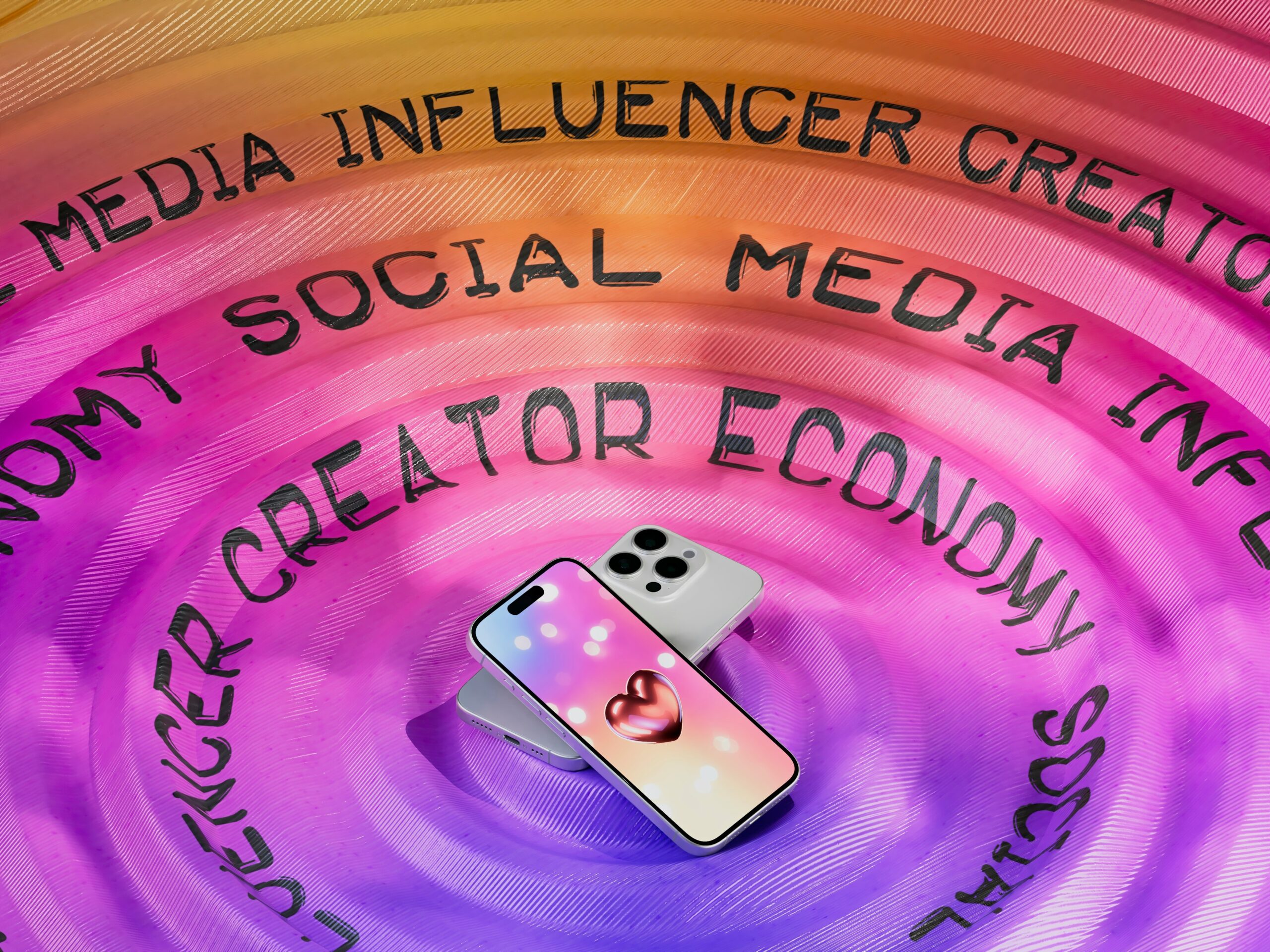Introduction to the social media customer experience
The rise of social media has dramatically changed the user experience, transforming it from a reactive function to a proactive interaction. Every tweet, direct message, and comment has a significant weight, serving not only as a personal communication but also as a potential public loyalty or criticism of a brand. The immediacy and transparency of these platforms demand vigilant monitoring and swift action, as customers increasingly turn to social media as their first port of call for assistance. With a vital portion of consumers expecting responses within 24 hours, brands are under pressure to provide effective solutions, knowing that failure to do so could lead to public backlash and reputational damage.
You should use social media as a strategic tool to develop long-term relationships with customers by moving from a broadcast-focused approach to a customer-centric model that prioritizes active listening, personalized engagement, and proactive problem solving. Implementing social media-focused strategies, you can not only enhance your customer service capabilities, but also improve your overall reputation by creating a virtuous cycle of positive engagement and brand promotion.
In this article, we’ll explore these strategies and put them into practice so you can use them to thrive in today’s customer-centric digital landscape. We’ll show you how to give timely responses and build human-centered social media support. By using these trends and techniques, you can transform social media from a broadcast channel into a valuable platform for generating stronger customer relationships and increasing loyalty.
The Evolution Of Social Media Customer Service
 Photo by Kim Menikh on Unsplash
Photo by Kim Menikh on Unsplash
Marketing was about distributing advertising materials, promoting events, covering product launches, and broadcasting important news updates. It was brand-centric with minimal consumer interaction or engagement. However, the landscape has changed dramatically. Today, leading brands realize the power of social media as a dynamic, two-way communication channel. This shift means responding to customer feedback, inquiries, engaging in relevant conversations, and proactively looking for ways to improve the customer experience. By fostering these dialogues, brands are effectively building stronger relationships, cultivating customer loyalty, and ultimately, transforming casual followers into passionate advocates.
Faced with impersonal chatbots and often lengthy phone queues, users discovered the power of public feedback on social media platforms. Mentioning brands directly helped them bypass traditional channels and often receive faster and more personalized responses, which in turn forced companies to recognize the potential of social media for customer support. They began investing in technologies and strategies to monitor brand mentions, address concerns at scale, and ensure timely follow-up, effectively turning social media into a natural, and often preferred, extension of their existing customer service operations.
There are several factors that have contributed to the rise of social as a customer service tool:
The Rise Of Mobile
The dominance of mobile devices in the digital environment is undeniable: their share of the global market exceeds 62%, while the share of desktop computers lags behind at 36%. This shift underscores the smartphone’s position as the primary device for a multitude of activities, from browsing and shopping to messaging and social interaction. Users expect to engage with brands on the move, using the power of their mobile devices to reach various social platforms. The very nature of mobile devices and their apps has streamlined social engagement, making it more convenient and readily available than ever before, fostering a constant stream of communication between brands and their customers.
Generational Changes
Millennials and Generation Z have significant purchasing power, and their expectations are largely shaped by their digitally connected lives. Unlike previous generations, they haven’t just embraced digital tools, they’ve grown up with them, instilling a need for immediacy and convenience in all aspects of their lives, especially in their interactions with business. They are accustomed to instant gratification, fueled by services that promise fast delivery and easily accessible information. This leads to a strong expectation of fast and efficient customer service, where queries are handled as quickly and smoothly as texting a friend. Companies that fail to meet this demand risk losing the loyalty of these digital consumers.
Platform Maturity
The emergence of social media as a vital customer service channel is prompting major platforms to expand their communication capabilities. Facebook helps you easily reach customers and manage conversations. X or Twitter allows you to solve problems in real time and engage with the public. Instagram provides quick automated responses and real-time support options, facilitating effective and personalized assistance. TikTok enables you to address product inquiries and service complaints directly within the platform. Ultimately, customer service has evolved to meet consumers where they are: engaging, connecting, and seeking solutions within the social media landscape.
Trends Shaping Social Media Customer Service
 Photo by Igor Omilaev on Unsplash
Photo by Igor Omilaev on Unsplash
Today, it’s no longer enough to simply have a social media presence; you should actively engage and resolve customer issues directly within these spaces. This evolution is being fueled by automation, which streamlines processes and enables faster response times. Data analytics provide valuable insights into customer behavior and sentiment, paving the way for personalized interactions. Ultimately, the driving force behind this shift is the customer’s expectation of immediate and highly personalized assistance, reshaping the landscape of social media customer experience.
AI-powered support at the forefront
Consumers are increasingly using AI in their daily lives to streamline tasks, access information, and find support. From virtual assistants that manage schedules to AI-powered search engines that deliver personalized results, AI is becoming an integral part of the user experience. Chatbots use natural language processing and machine learning to engage in more context-sensitive conversations, providing human interaction, which has led to increased consumer adoption and the use of AI to solve problems, blurring the lines between human and artificial interactions.
Natural language processing has improved, allowing AI to detect sentiment and context at deep levels to:
- Distinguishing a disappointed customer from an interested one
- Redirect customers from bots to live agents for human intervention
- Show relevant products or solutions based on past user behavior
- Tailor responses based on user interests and previous prompts
- Provide human responses to help customers
Voice And Video Support Via Social
Voice and video support are gaining traction as compelling alternatives to traditional methods, offering a more direct and personalized connection. The rise of short-form content has opened up exciting new opportunities to engage with customers, create personalized video responses, and build stronger relationships. This shift to dynamic, easily digestible content addresses customer queries effectively but enhances brand perception by showing a commitment to innovative and customer-centric support.
Voice messaging is gaining traction as a personalized assistance through Instagram and WhatsApp. Using Facebook Live, Instagram Live, and YouTube Live you can engage directly with your customers in real time through Q&A sessions, product demonstrations, or virtual office hours. These varied support formats, including voice and video, provide a more human experience and often lead to faster resolution of issues.
Proactive Support Through Social Listening
Social listening has become an indispensable tool to anticipate potential issues and maintain a positive brand image, as well as identify emerging issues early by monitoring a wide range of keywords, hashtags, and phrases related to the brand, competitors, and relevant industry topics. This helps you gain valuable insights into customer sentiment, product reviews, even if your brand is not directly featured in the conversation. This proactive approach allows you to quickly and effectively solve issues, reducing potential damage and helping to strengthen user relationships.
Smart brands are monitoring a multitude of reviews across social media platforms to:
- Engage in conversations before they become something more
- Respond to complaints quickly
- Identify opportunities to improve service or products
- See competitor pain points
- Introduce your business to a customer who’s evaluating vendors
Rise Of “Dark Social”
“Dark social,” characterized by private communication channels like WhatsApp, Messenger, and Telegram, is gaining traction as a preferred method of interaction, fostering personalized, one-on-one conversations, prioritizing privacy. For international markets, it allows for nuanced communication that respects cultural sensitivities. In industries dealing with sensitive information, such as financial services or healthcare, it provides a secure space for confidential inquiries and consultations.
Best Practices For Effective Social Media Customer Service
The era of generic responses and standardized solutions is fading; users now expect tailored interactions that acknowledge their unique needs and the specific context of the platform they’re using. Forward-thinking brands are shifting from simply reacting to complaints to anticipating and solving potential issues before they escalate. This requires diligent monitoring of the ever-shifting social media landscape, where diverse content formats and novel platforms constantly emerge, demanding an understanding and bespoke engagement approach to respond to customer feedback.
Quick Response
While rapid response times are crucial, speed shouldn’t overshadow the importance of genuine human connection. Using pre-approved templates can streamline handling common queries efficiently. When dealing with escalated issues and heightened emotions, personalization becomes vital. Addressing each concern with empathy and maintaining your brand’s unique voice demonstrates care and understanding.
Smooth Escalation
While a quick tweet can sometimes answer simple inquiries, deeper issues require a more nuanced approach. The initial public response should be brief, acknowledging the issue, and then moving the conversation into a private dialogue. You should make this shift seamless and reassuring, mitigating potential customer frustration to demonstrate empathy and commitment to customer satisfaction, building trust and loyalty.
Dedicated Support Handles
When customers reach out for support, they often feel more comfortable knowing they’re interacting with a real person. Creating a separate and dedicated support handle is very beneficial, reducing potential confusion. Users feel more heard and understood when they know they’re directly engaging with a team focused solely on resolving their issues. A dedicated support handle ensures that support requests don’t get lost among other general inquiries, streamlining the process and guaranteeing that every concern is addressed promptly and efficiently.
Follow-Up Service
You should proactively follow up with customers after their issues have been resolved to demonstrate that their satisfaction is a priority. Implementing customer follow-up surveys is a particularly effective strategy, providing valuable insights into the performance of your customer service team and identifying areas for improvement. Consistent and personalized attention across all touchpoints reinforces the message that each customer is valued and essential to the business’s success.
Important measurements
Here are a few common KPIs to measure:
- First Response Time: How long it takes for an agent to contact a customer after they request support
- Average Resolution Time: How long it takes to resolve an issue, from the moment the customer reaches out to closing out the ticket
- Customer Satisfaction: How happy a customer is with the level of support your business provides
- Social Sentiment: How users are responding to your business on popular social media platforms
- Volume by platform: Which channels generate the most support requests to know where your customer support teams spend time
- Issue Types: The types of problems you encounter most frequently, such as frequent delivery or quality issues
Conclusion
In today’s digital age, leveraging social media as a customer service tool is no longer optional, but a fundamental necessity. The social media landscape has transformed from a casual platform for entertainment into a dynamic arena where customers actively seek support and openly express their concerns for public consumption. This shift has turned social media into a crucial battleground for brands, where they either cultivate customer loyalty or risk losing it entirely. Integrating social media as a core support channel, rather than a mere afterthought, is paramount.
When providing social support that mirrors the quality and responsiveness of your online support, you distinguish yourself from competitors who lag behind in speed and empathy. To move forward effectively, you should conduct a thorough audit of your social media support systems. You will thrive in the long run if you prioritize building robust systems for user service rather than focusing solely on accumulating likes and followers.



